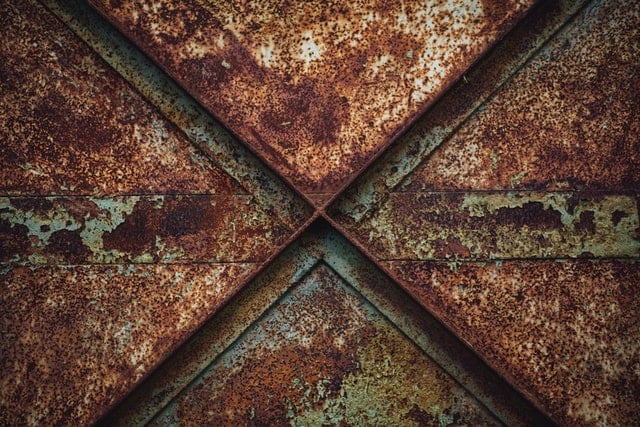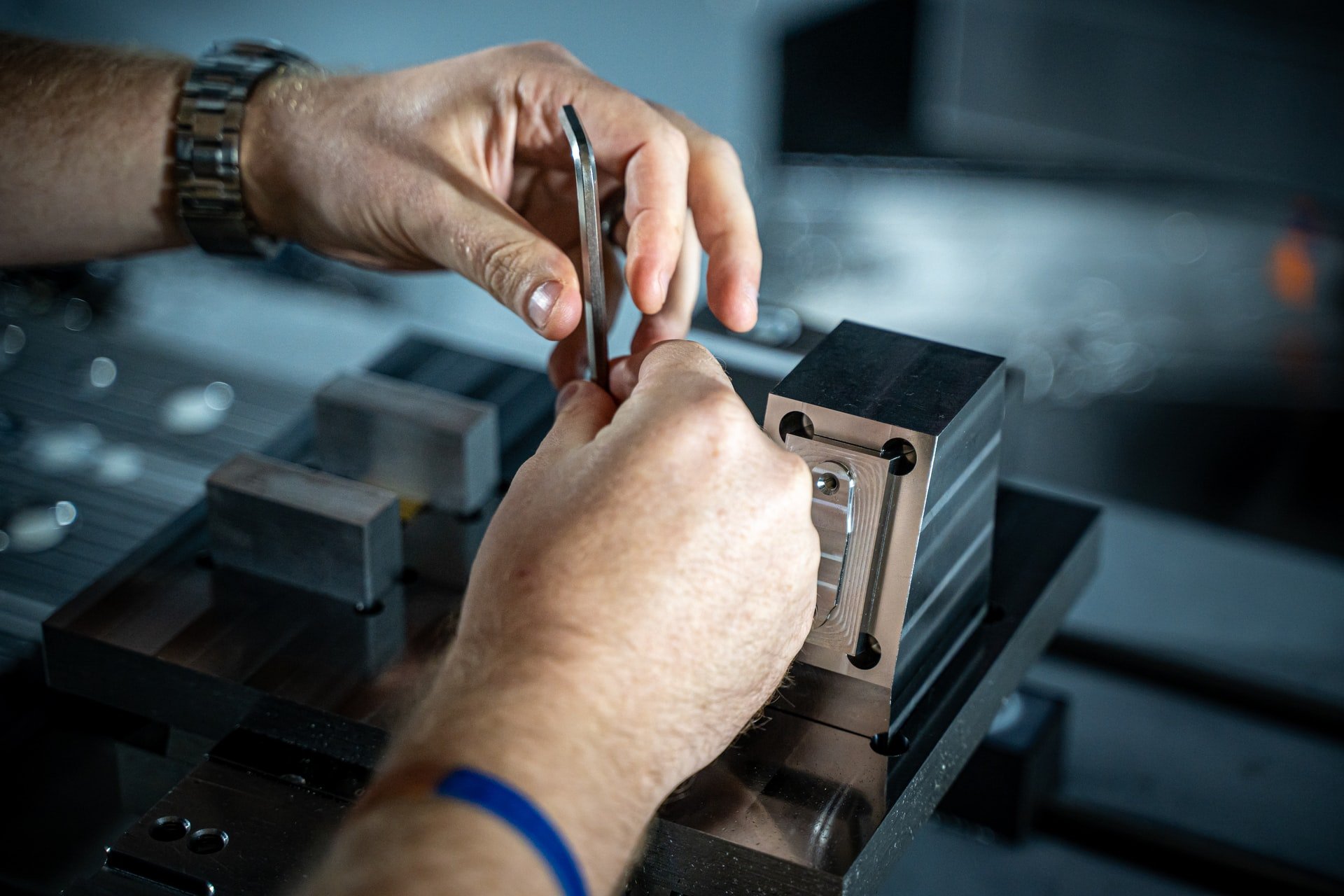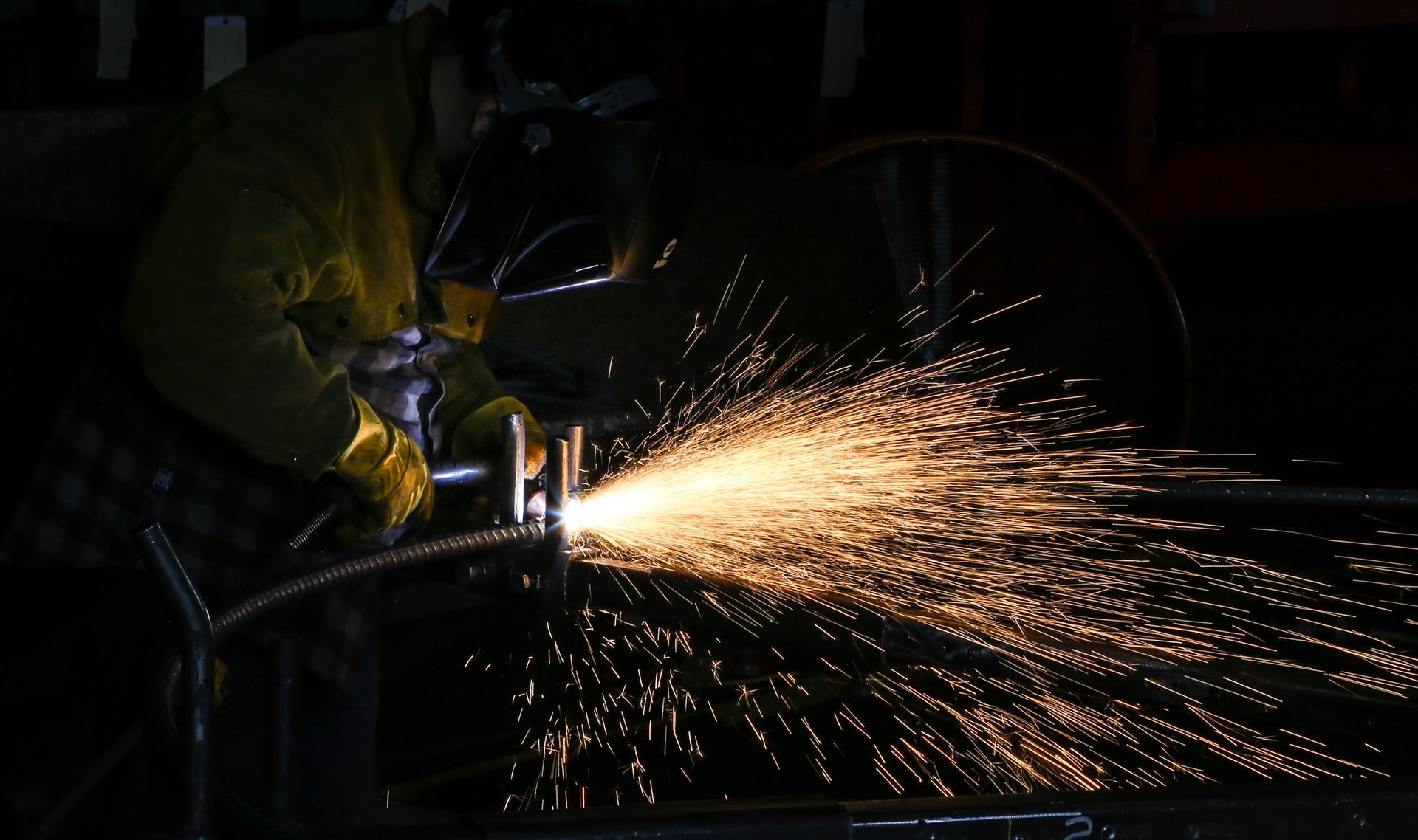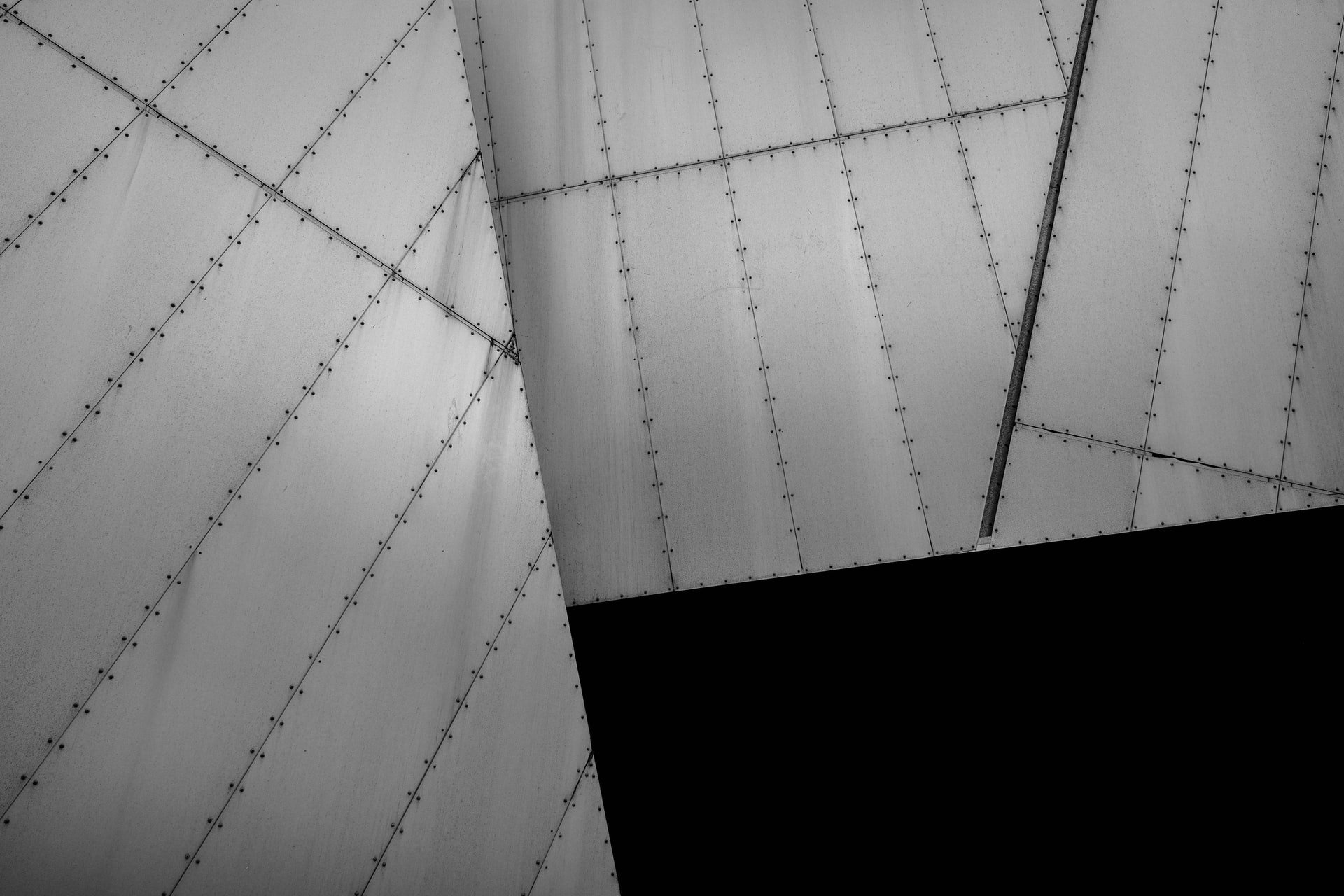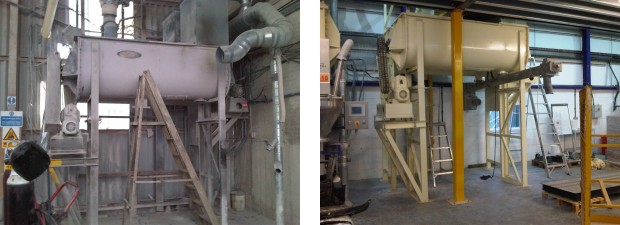
When you need to remove paint, rust, or other substances from industrial equipment, abrasive blast cleaning can be exceptionally effective. However, if you work for a company that's keen to minimise its impact on the environment, you may be worried that the process lacks green credentials. So, can abrasive blast cleaning be environmentally friendly?

A Modernising Industry
The steel fabrication sector and the British government have made significant efforts to make abrasive blast cleaning more eco-friendly during the last two decades. In 1999, for example, traditional sandblasting was banned in the UK because the silica in the sand was found to be carcinogenic, causing concerns about potential health risks and environmental damage.
If you're considering using an abrasive blast cleaning method today, you can choose from a range of options. These include shot blasting, grit blasting, and soda blasting. Each works in a similar way to sandblasting but uses different materials and, while all abrasive blast cleaning methods have disadvantages and advantages, they're more eco-friendly and sustainable than you might think.
Types Of Abrasive Blast Cleaning Processes – How Environmentally Friendly Are They?
- Shot blasting is the most abrasive method of the three listed, but that doesn't mean it isn't eco-friendly. In fact, it can cause less damage than traditional liquid cleaners. The process uses round steel shot or beads, so you won't need to dispose of solvents or other chemicals. Almost all the shot can be recycled when you've finished, making it a sustainable and cost-effective option.
- Grit blasting can create a lot of mineral dust, which isn't ideal for the environment or for people who breathe it. The solution is to use a closed blast cabinet, so you can reduce the amount of dust released into the air. You can also carry out grit blasting with biodegradable organic blast media, such as crushed walnut shells and corn cobs. What's more, an enclosed abrading cabinet will enable you to recycle much of your blast medium, increasing the sustainability of the process.
- Soda blasting is the least abrasive of these options, but it's still an effective method of removing contaminants from delicate surfaces like stone, carbon fibre, and brick. The blast medium used in this process is specially formulated soda, which isn't toxic and can be dissolved in water, so it's extremely eco-friendly.
Contact Us
To learn more about the eco-friendliness of different abrasive blast cleaning methods, contact GLW Engineering today. We provide a range of professional blast cleaning services and can discuss your options with you.







